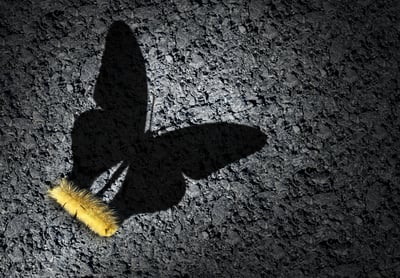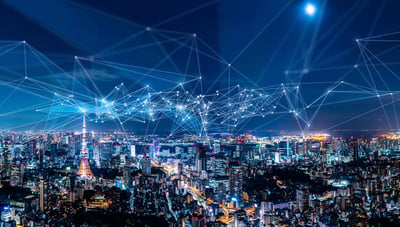June 6, 2019
 by Piper Thomson / June 6, 2019
by Piper Thomson / June 6, 2019
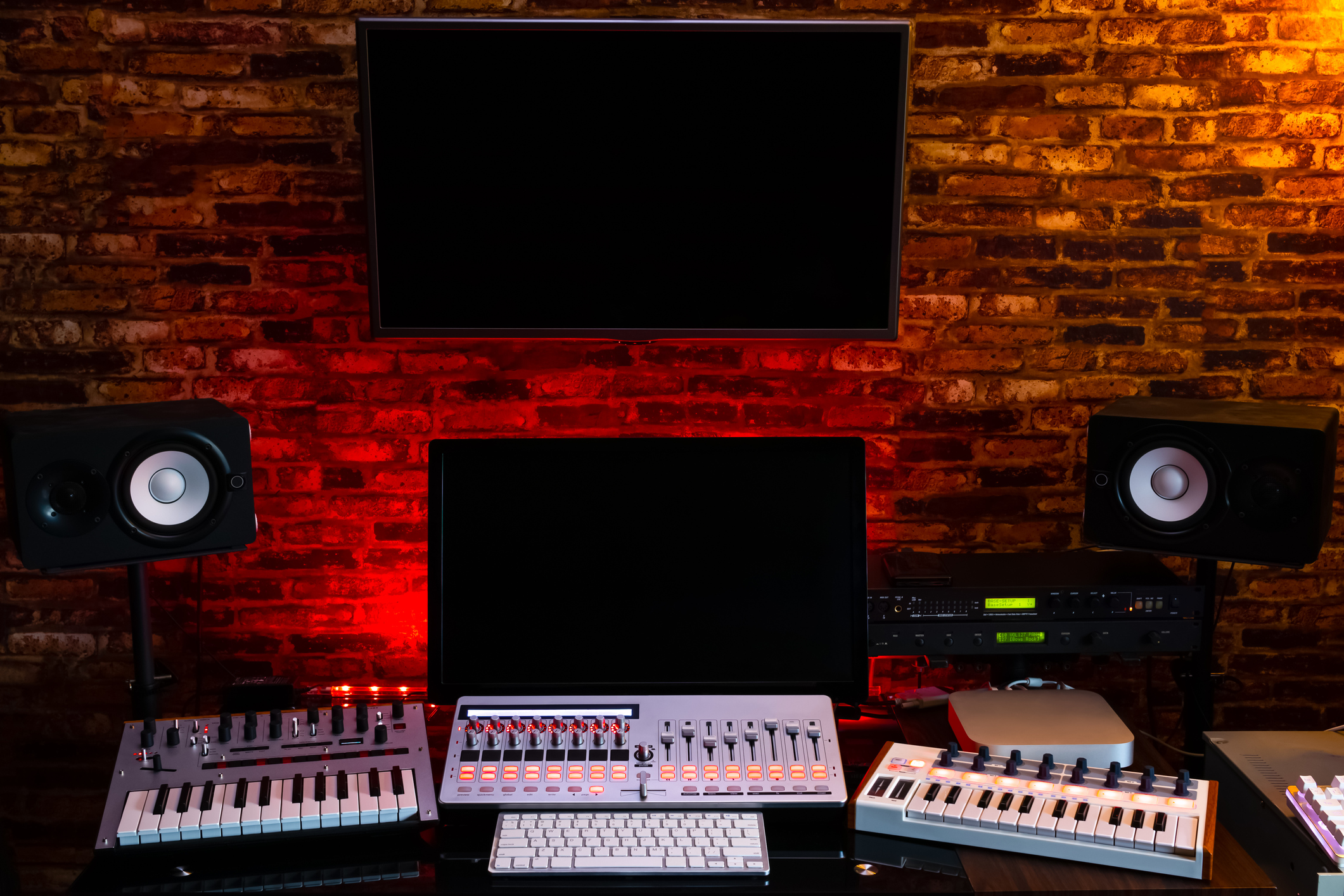
It’s a poor artist who blames their tools. Unless you’re making a podcast.
In many ways, the equipment you use to record your podcast is almost as important as the actual content of the show itself. There’s a whole host of difficulties and grave misfortunes that can befall an unprepared podcaster attempting to make their mark on the crowded digital landscape, from unfortunate bursts of air that distort your recordings to inexplicable buzzing noises that will cause your listener base to crumble more quickly than the institutions of the Western Roman Empire following the migration period of Germanic peoples into contemporary Western Europe in 375 C.E.
Luckily, you don’t need a professional home-studio to make a recording that is as sweet as saffron and smoother than silk. Shows with a shoestring budget for equipment are just as capable of producing polished content, provided you take into consideration the needs of the space you’re working in.
Looking for information about a specific type of podcast equipment? Use the links below to jump ahead:
The foundation of any podcast recording endeavor can be boiled down to two fundamental ingredients: a computer and a microphone.
The microphone is the implement you use to convert the honeyed utterances of your voice into digital magic that can be read by a computer and distributed to the clamoring masses waiting in breathless ecstasy for the next installment of your series.
Once you have the raw audio data, it’s the computer’s job to turn it into something useable. This is done by taking it through the podcast editing process and then uploading the file to the podcast hosting website of your choosing.
While this process is fairly straightforward, there are a multiplicity of factors to take into consideration when building your studio.
You don’t need to break the bank when selecting a computer for your podcast. The recording and editing software you need to make a quality podcast isn’t very intense on most machines, so you should be fine with your current computer so long as what you’ve got isn’t some 6-year old fossil.
If you want a computer dedicated for audio production, I’d recommend the Macbook Pro for apple fans or the Microsoft Surface Pro 6 if you prefer a PC. Both of these are light, portable machines that can handle all the software you could ever want with ease.
The microphone is the holy grail of podcast hosts the world over. The entire recording experience, as well as most of the hardware you will buy revolves around the microphone, and it’s critical that you choose the most appropriate one for your show.
For example, if you’re recording a solo podcast in a quiet environment, such as a home office, you can ignore the rest of this section and just buy a cheap USB microphone or headset. Otherwise, read on for an overview of the relative benefits and drawbacks of each of the main types of microphones:
Condenser microphones are generally the highest quality and most expensive form of microphone, used by many professional recording studios and top-end podcasters. They’re the most sensitive of all microphones and produce the highest-quality audio. This also means that condenser microphones will pick up any disturbances and as such are best suited for quiet studios or other carefully controlled environments.
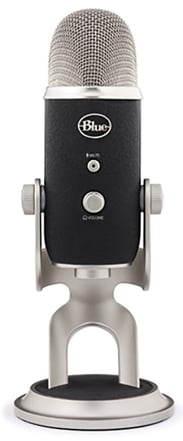 Check out good condenser mics here
Check out good condenser mics here
They’re also somewhat fragile; the internal mechanism is extremely delicate and difficult to produce, which causes condenser mics to be exponentially more expensive than other options.
This style of microphones are generally the best if you’re just starting out and need a solid, multi-purpose microphone. They’re not as insanely sensitive as condenser mics, and while that means they don’t produce the same crystal clear sound quality, they also won’t pick up most of the ambient noise that need to be edited out of your mp3 files.
 Find the perfect dynamic microphone for you here
Find the perfect dynamic microphone for you here
| TIP: Dynamic mics are also great choices for traveling podcasters. They’re very durable and can happily be thrown into a suitcase and taken on the road unlike condenser mics which usually require special cases to take on the go. |
If you’re going to be recording outside of a studio environment — say, in a restaurant or other public space — you’re going to want to look into alternative, on the go mics.
Lavalier mics are small condenser mics that can be pinned to a shirt or small object. They’re great for impromptu interviews or quickly setting up a makeshift studio without intruding on the organic space you find yourself in; you can even get adapters to have them record directly to your smartphone! An obvious microphone can be somewhat off-putting to a lot of people, especially if you have them talking on sensitive or intimate material.
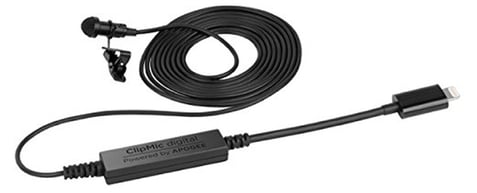 Find excellent insights as to what mic is best for you at E Home Recording Studio
Find excellent insights as to what mic is best for you at E Home Recording Studio
Shotgun mics are the classic reporter mics. They’re like acoustic flashlights that will pick up the noise of whatever you point them at but ignore everything in the periphery, which makes them great for noisy environments or if you’re talking to multiple people. They’re also easier to move around with than lavalier microphones can be mounted on cameras if you want to collect live footage as well.
 Available on Amazon
Available on Amazon
While you only technically need your microphone and computer, each of the following accessories can go a long way to enhance the quality of your audio:
A boom arm is a handy device that will allow you to suspend the mic and maneuver it with little hassle while recording. It also has the added benefit of freeing up table space during recording sessions and providing an easy way to store equipment.
A shock mount is a suspended cradle for your microphone that secures your hardware with elastic bands in order to cut down on the extraneous vibrations — from an accidental knock against a table leg to a particularly loud truck passing outside your house — that might disturb your microphone and could potentially ruin a recording. These are especially useful if you’re working with a condenser microphone as they are by far the most sensitive to these disturbances.
If you’ve seen photos of podcaster hosts during recording, you’ll usually notice that they have headphones on during their sessions. There’s an extremely good reason for this; headphones let you hear the recording you’re producing in real time, allowing you to make adjustments to the audio and eliminate problems on the fly.
This is something all podcasters should become familiar with. It might feel strange to hear yourself talking at first, but it’s much better than having to throw out an entire take of an episode because you missed the strange buzzing that appeared halfway through recording.
Additionally, you want to make sure you’re using closed-back headphones while doing this. More sensitive microphones can pick up the bleed from smaller sets and cause feedback to mar your audio files.
If you have multiple hosts, you’ll also want to invest in a headphone amplifier. This will allow multiple people to listen to the recording at the same time and individually adjust the playback volume.
Pop filters are some of the cheapest things you can buy, but have a huge impact on the quality of your recording. Essentially, they screen out the hard bursts of air — called plosives — that come from ‘p’ sounds in words like ‘power’ that can easily overload a microphone. This is a quick and cheap way to make your podcast sound much more professional.
Each person’s plosives are a little different. You might not need a filter or you might have to use two at the same time! Make sure you test these before you hit ‘record.’
This is a perfect budget solution if you only have 2 people on your podcast at any given time. It allows you to record two microphones at the same time on separate channels and most of these can be plugged directly into your computer.
Mixers are necessary for more complex setups — especially if you have more than two people on your show. They also give you access to sound effects and allow you to take live calls during your shows.
We’ve just tackled an astronomical amount of equipment. So then, the question remains: what should you buy?
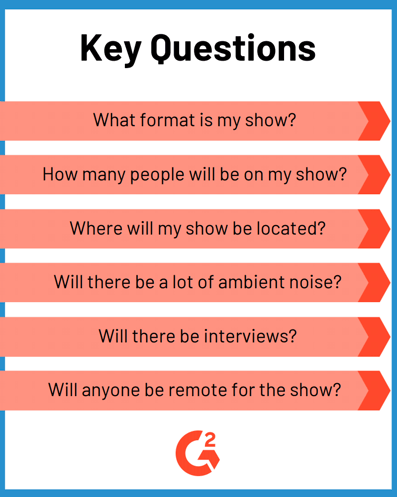
For example, if your show has multiple people who are all calling in remote, you’re going to want to have a different setup than if it’s just you and one other co-host talking in a crowded public space. You can't go wrong so long as you're asking the right questions!
|
Looking for a quick guide on what equipment is right for your show? Check out our comprehensive podcast equipment guide now! |
With everything we’ve covered here, you now have a complete overview of what you need to tease out the best sounding audio you can get from your recordings. Take care to consider how the format of your show will impact the equipment you choose and you’ll be golden.
Looking for more on how to start a podcast? Check out our guide for further advice!
Piper is a former content associate at G2. Originally from Cincinnati, Ohio, they graduated from Kenyon College with a degree in Sociology. Their interests include podcasts, rock climbing, and understanding how people form systems of knowledge in the digital age. (they/them/theirs)
Having trouble finding a community of like-minded individuals? Time to take matters into your...
 by Piper Thomson
by Piper Thomson
There are so many podcasts out there, and many of them fail after the first few episodes.
 by Piper Thomson
by Piper Thomson
One of the most fundamental decisions about launching your online presence is how to position...
 by Piper Thomson
by Piper Thomson
Having trouble finding a community of like-minded individuals? Time to take matters into your...
 by Piper Thomson
by Piper Thomson
There are so many podcasts out there, and many of them fail after the first few episodes.
 by Piper Thomson
by Piper Thomson

